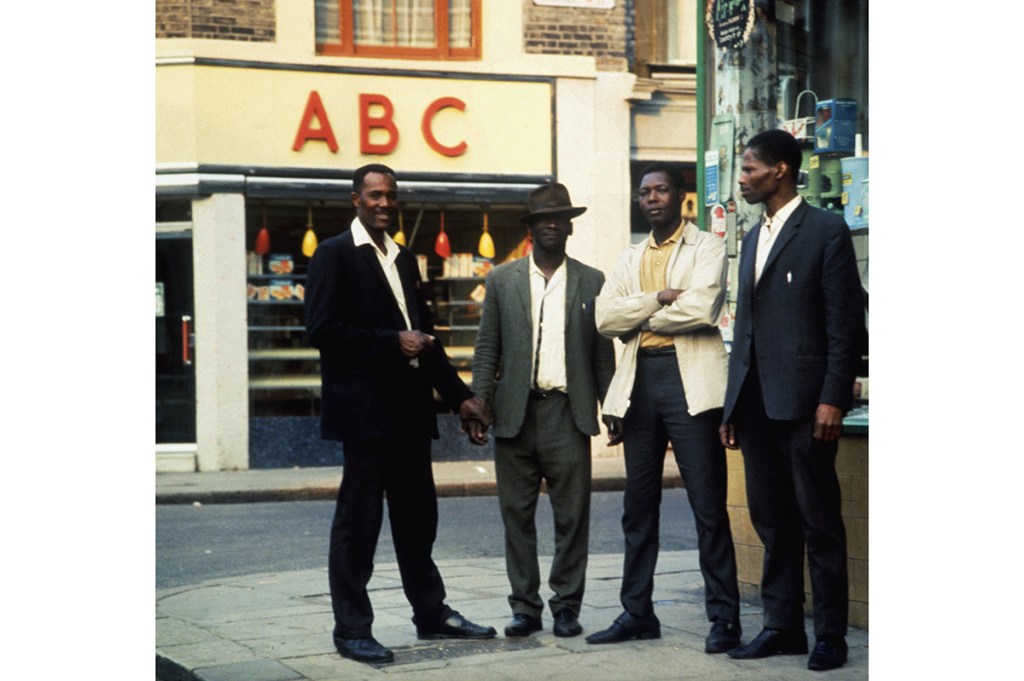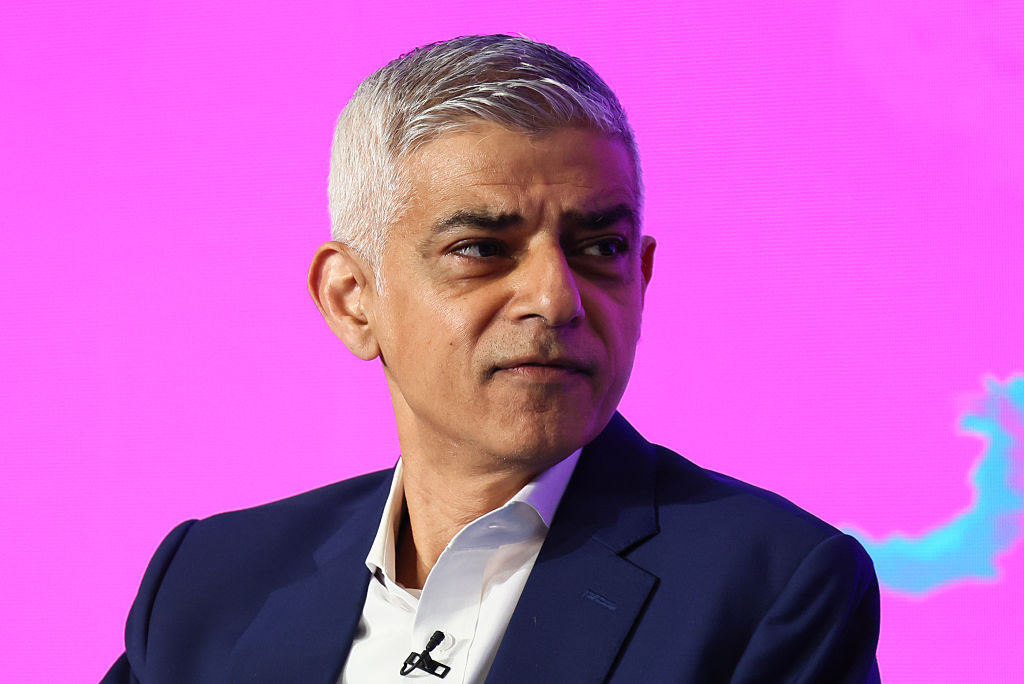Every history of London, and there have been many, has looked at the importance of migration to the city. Failing to mention that would be as inconceivable as not mentioning the River Thames. Both, after all — one literally, the other metaphorically — flow directly through the city’s heart.
In this new and scholarly study, the difference is that London’s history of migration — its patchwork of settlement, its Irish ‘rookery’, its ‘colored quarter’, Huguenot silk-weavers, Jewish street-sellers, German bakers, Italian waiters, Chinatown, Banglatown — is put center-stage. The movement of all these people to London, the city’s extraordinary national, then continental, then international pull, is the story.
Panikos Panayi, a Londoner himself, whose family, as his name suggests, has its roots outside Britain, emphasizes that his own story is typical. From its very inception, he stresses, this ‘great metropolitan hive’ has been a ‘migrant city’, as well as, for most of the last half-millennium, the ‘world’s greatest’.
In the distant past, the place was actually founded by migrants: Romans, who came from the sun-baked south to what Joseph Conrad called ‘the very end of the world’ among ‘sandbanks, marshes, forests, savages’. There, as a later historian put it, ‘in the midst of a dark untamed forest, in a region hitherto uninhabited’, they founded a settlement which thrived as the result of a ‘superb position’ allowing easy communication with the rest of the country and with the Continent.
All through its history — even when disease among closely confined inhabitants kept life expectancy low, as for centuries it did — the city’s population has been sustained by migration, from within the British Isles but also (and increasingly) from the wider world. Recent political events have highlighted modern migration both to London and to Britain as a whole: what Panayi calls the ‘hyper-growth’ that has seen the capital expand and change so rapidly since the financial ‘big bang’ of 1986.
As a Londoner myself, I was certainly aware of this movement. How could any resident not be? A.N. Wilson rightly says that a ‘typical London day’ consists of a sequence of encounters with people of all manner of ethnic backgrounds. But I was perhaps not aware of migration’s breathtaking scale or of the astonishing change that has taken place very recently in the city. Since the end of World War Two, more immigrants have relocated to London than during its entire previous history.
In 1951 only one in 20 Londoners was born outside the UK. By 2011 the figure was higher than one in three (and even this remarkable figure takes no account of all those whose parents had done the migrating but who retained some cultural identification with their parental homeland). Almost half the ethnic minorities in the whole of Britain live in its capital. Many hundreds of different languages are spoken on its streets. London, Panayi says, has become ‘the most diverse city ever’.
And in all polls it has been supportive of this change, much more so than many more deprived British towns and cities. The jobs and money also concentrated in the capital have ensured that these population changes have seemed positive enrichments of urban life, no longer provoking the kind of large-scale unrest which they have done at times in the past, from ‘Evil May Day’ in 1517 and the Gordon Riots of 1780 to the race riots in Notting Hill during the second half of the 20th century.
Panayi is optimistic regarding the British capital. Today, he writes, the cosmopolitanism which used to be a particular feature of the East End or of Soho is well-nigh universal in London. He happily points out the lack of comparable racially motivated riots since those of the late 1950s in Notting Hill. In discussing the skinheads, the National Front, or the British National party of yesteryear, he cannot help but notice the failure of racists — in the days of Oswald Mosley and since — to win meaningful success at the ballot box. Diversity, he argues, has become simply a ‘fact of life’ in London. Few question it or would dream of doing so.
For anyone interested in the evolution of London, this is a fascinating, and deeply rewarding, book. You can be familiar with the basic facts of everyday life in a cosmopolitan, multicultural city and still be surprised and enriched by Panayi’s careful analysis. I cannot pretend that the result is a light read with which you look forward to curling up. It is published by Yale University Press and is as academic as this implies. The pages do not skip by. But their content, slowly digested, is absorbing
This article is in The Spectator’s April 2020 US edition. Subscribe here to get yours.

























